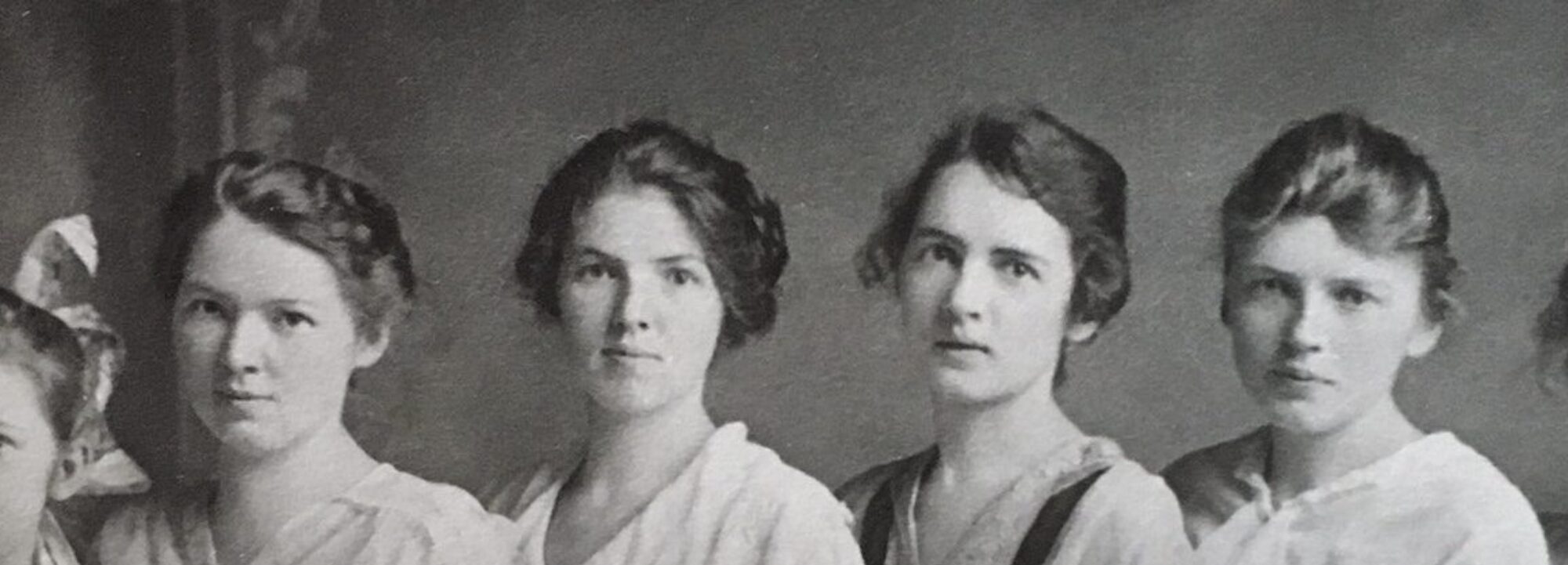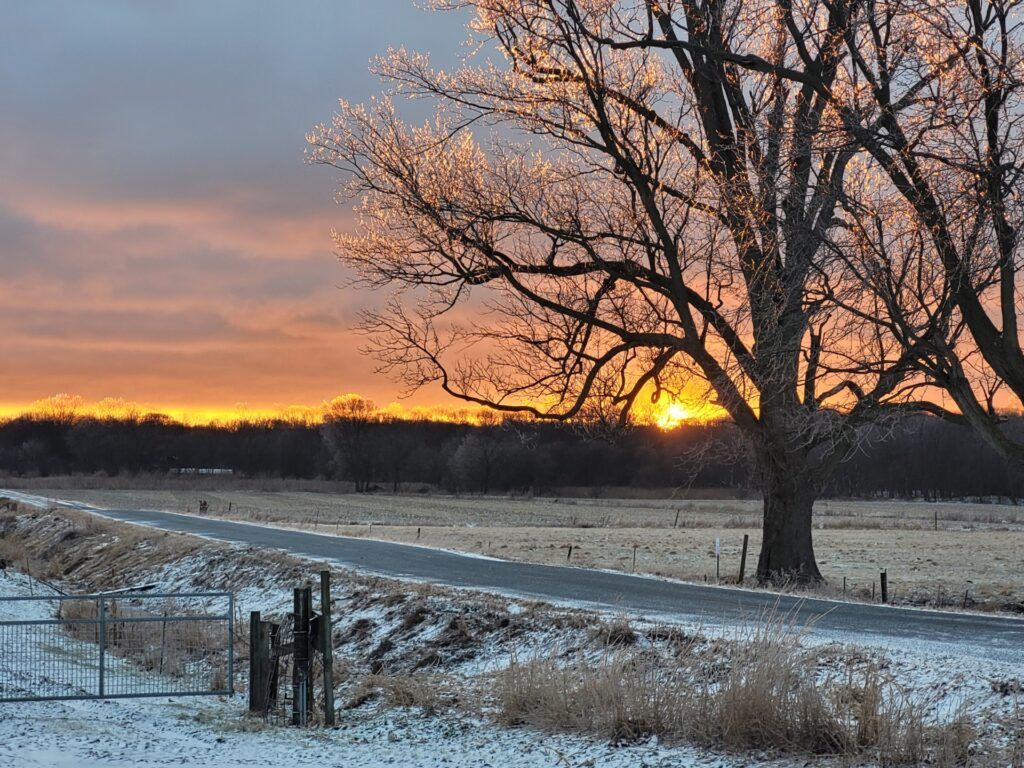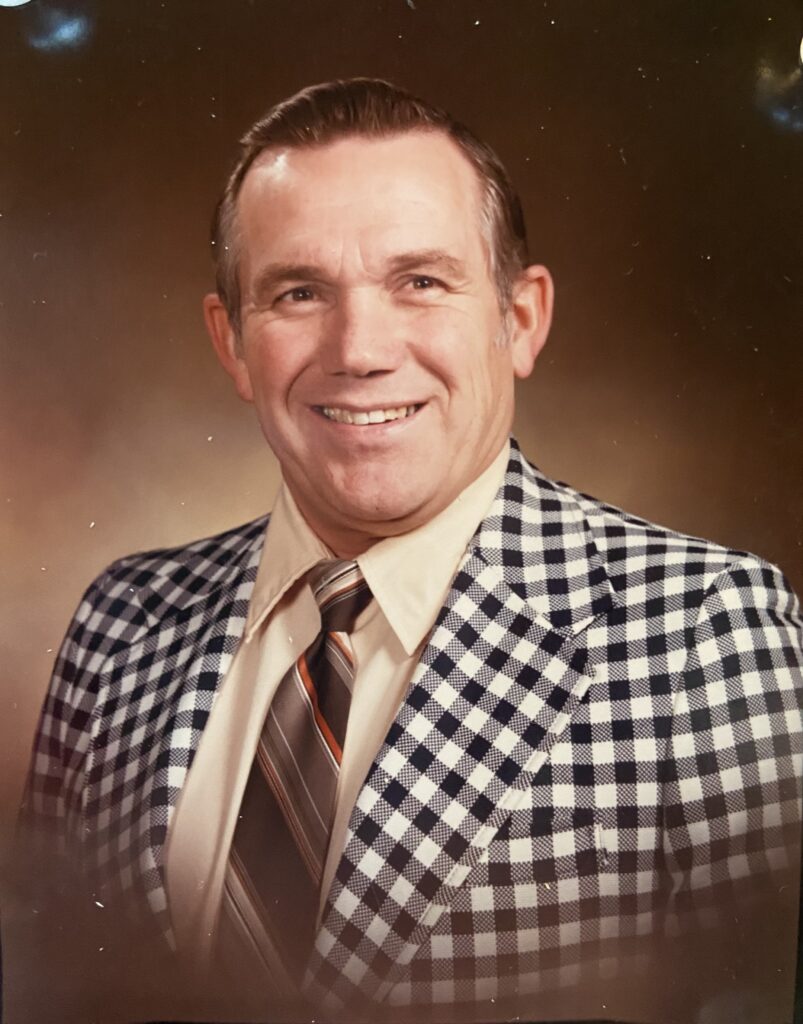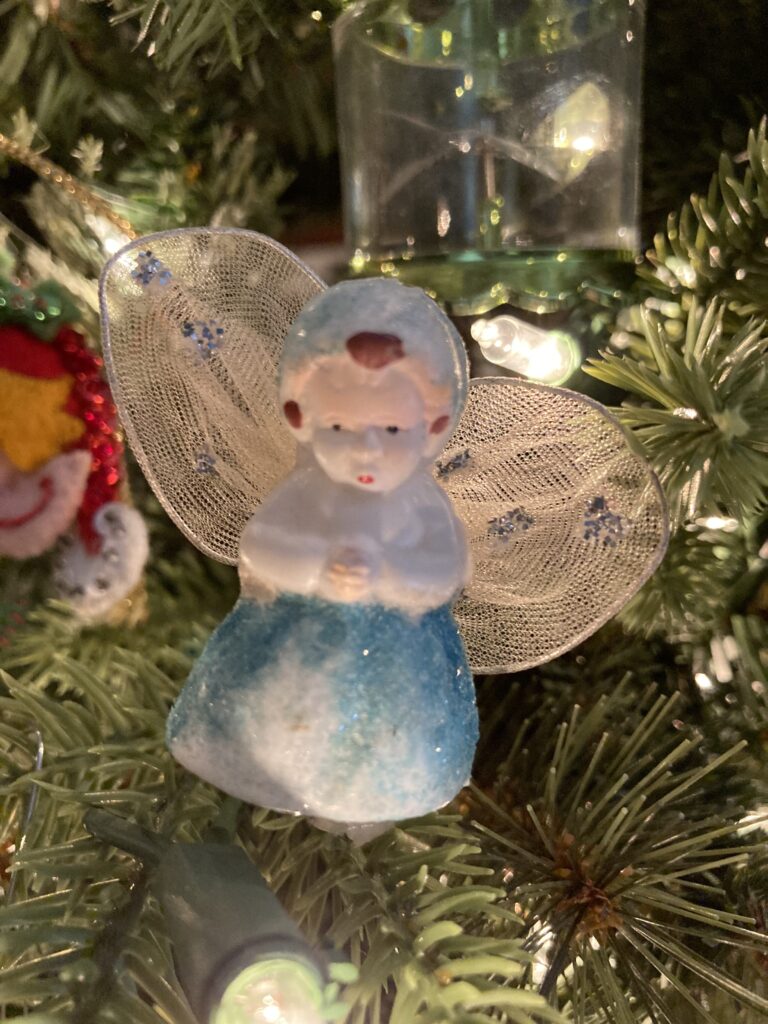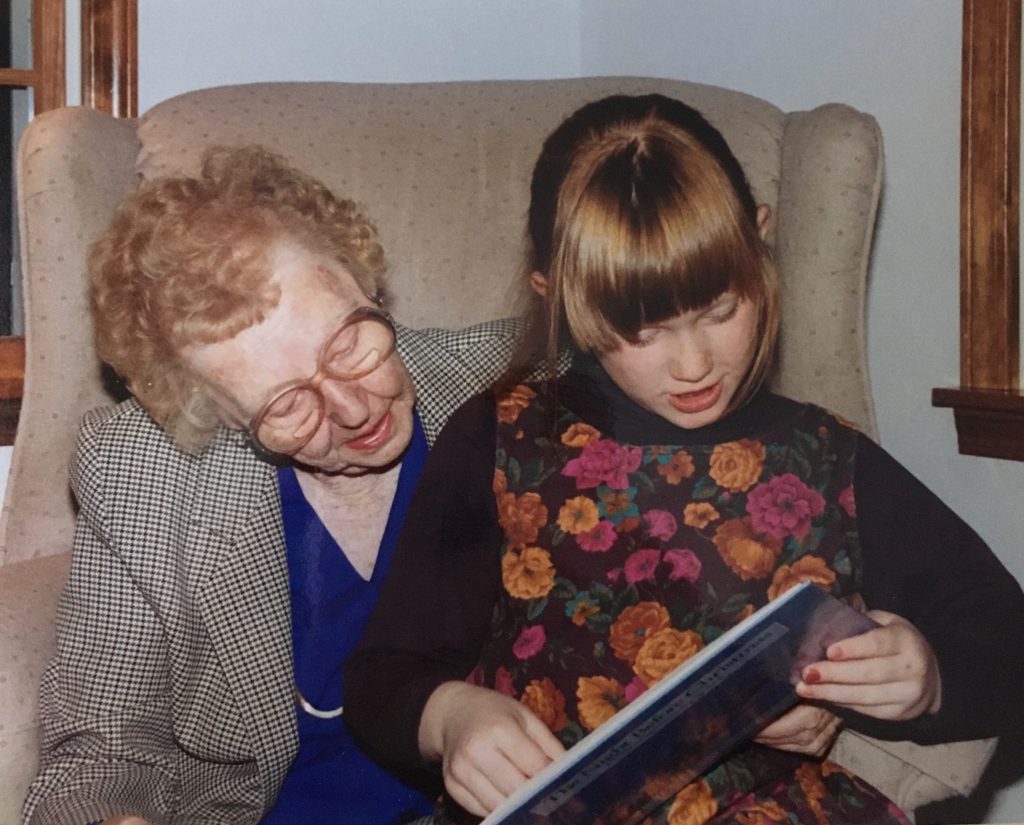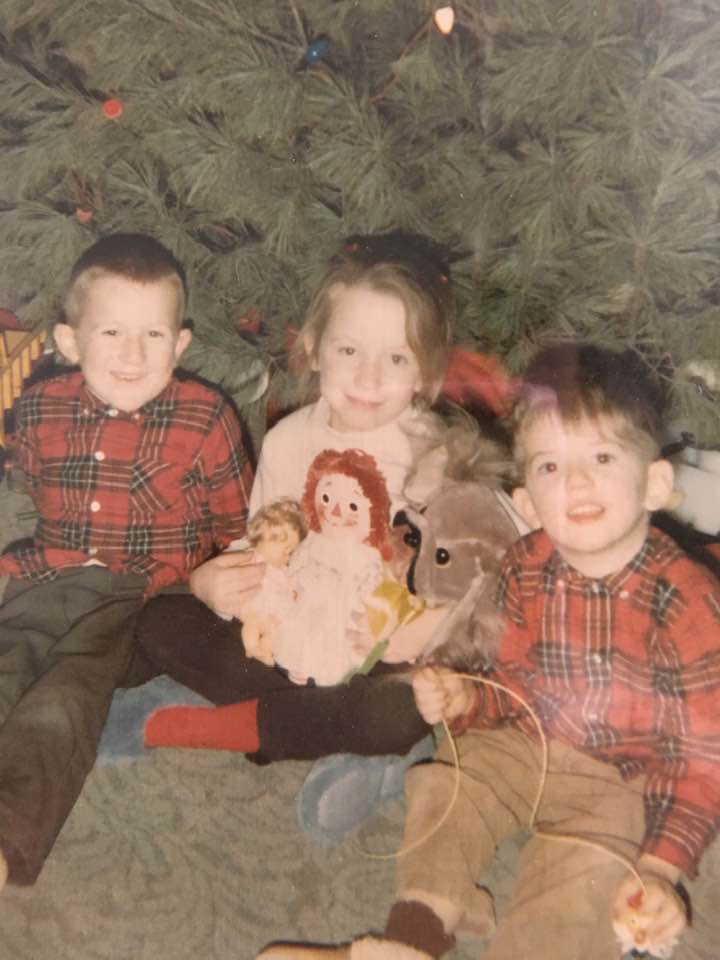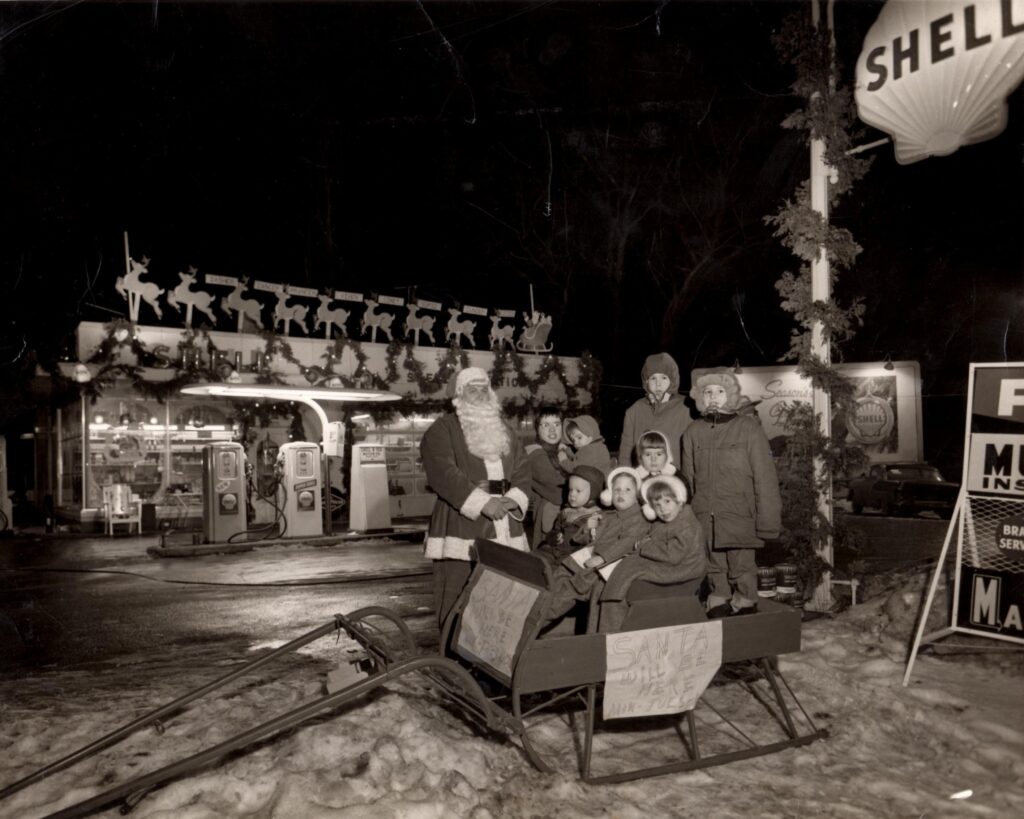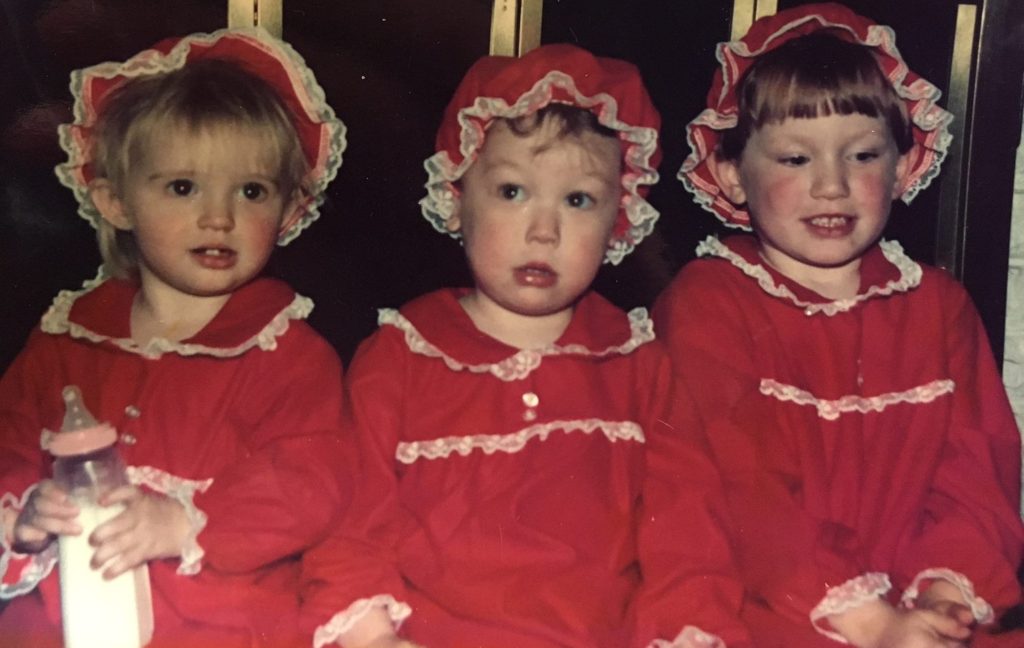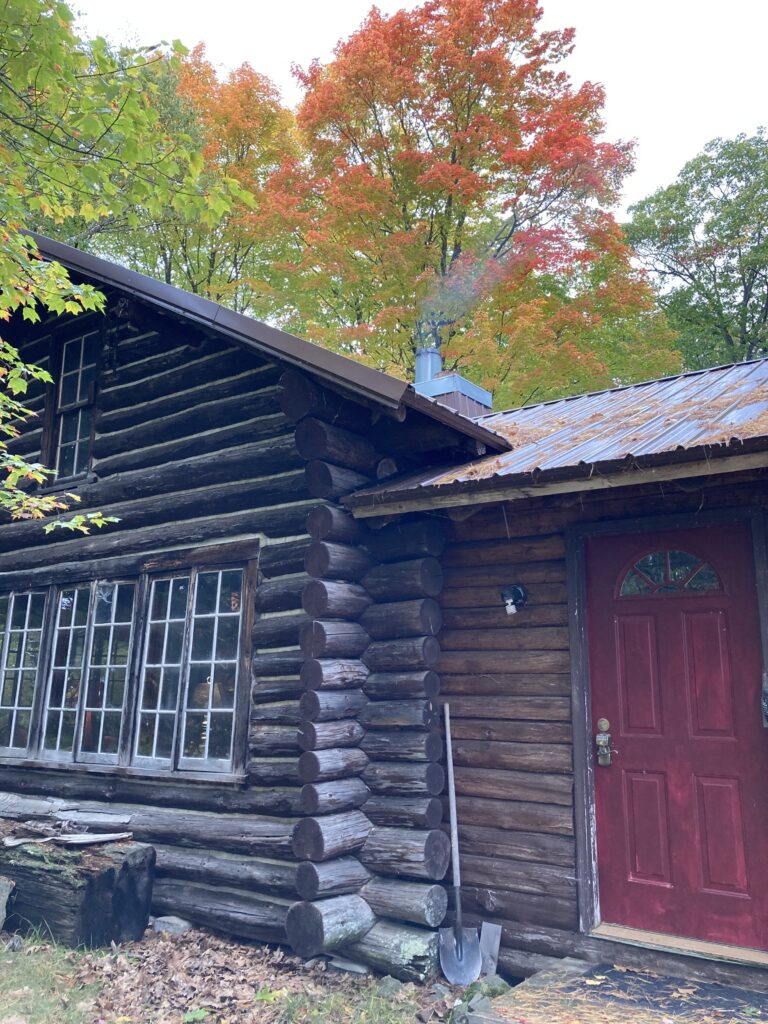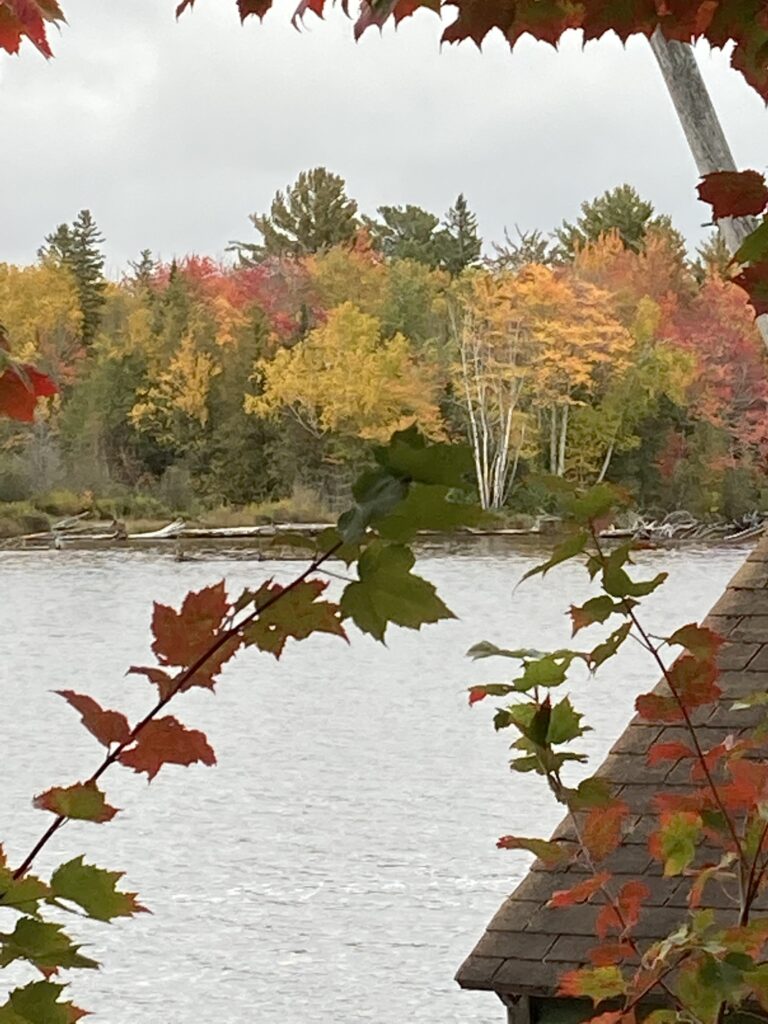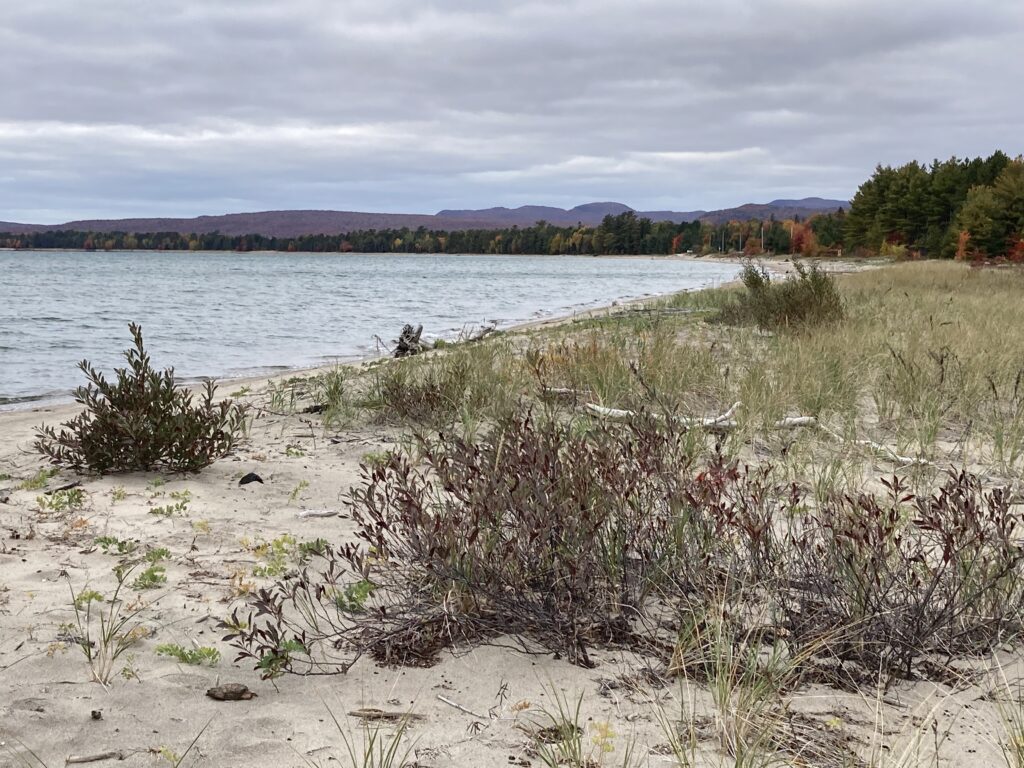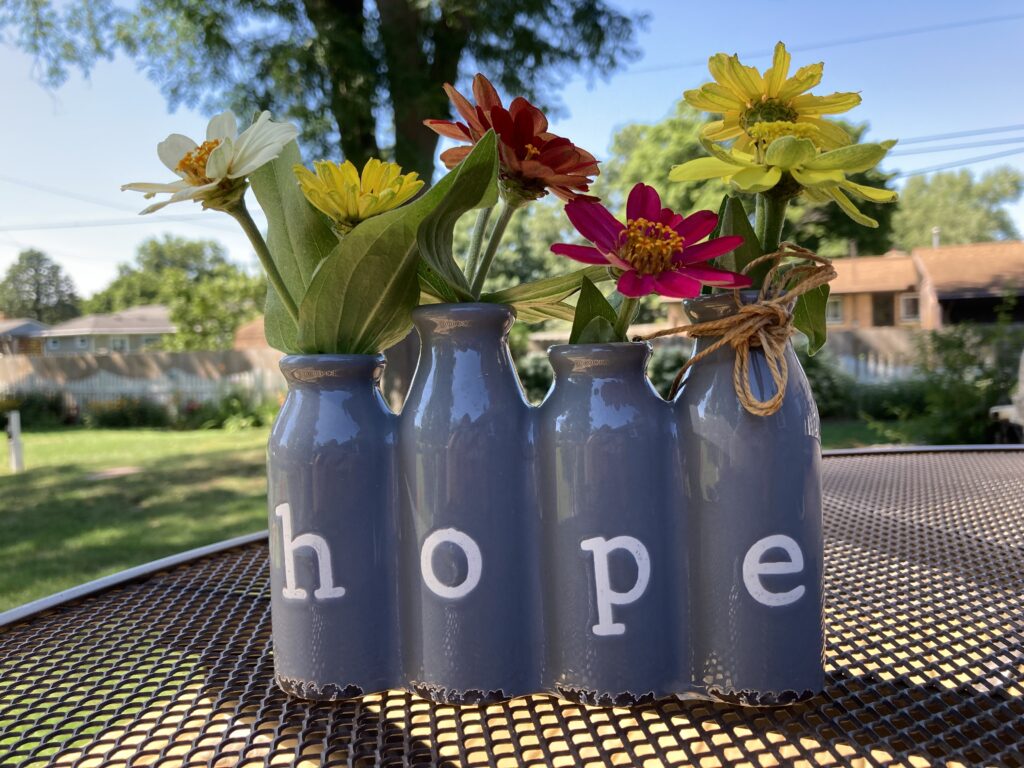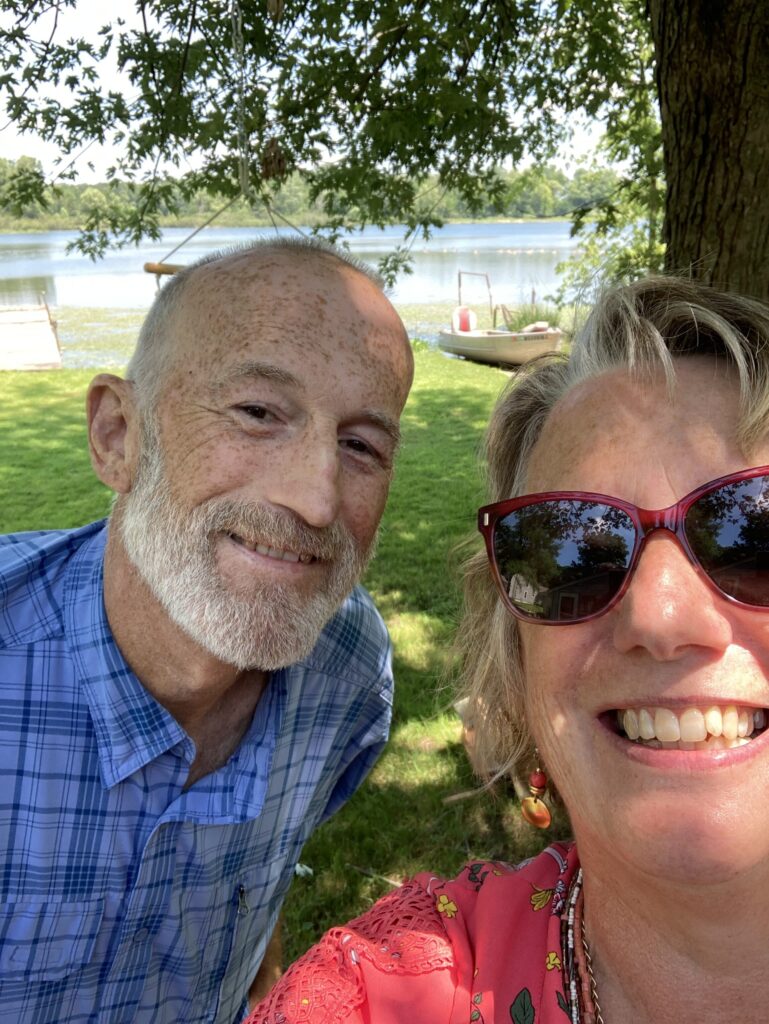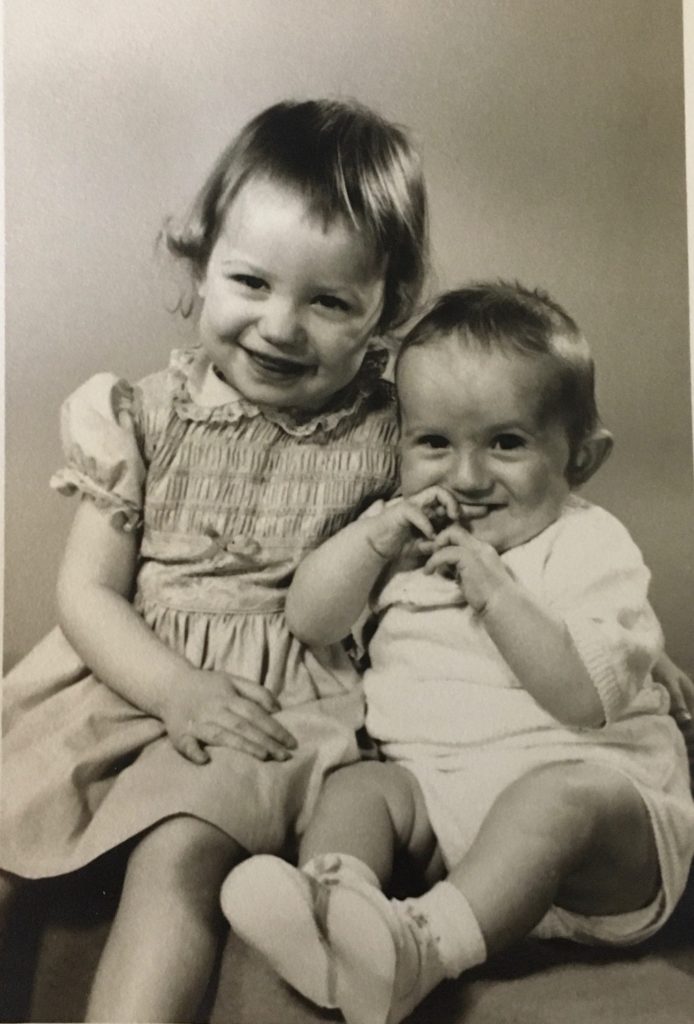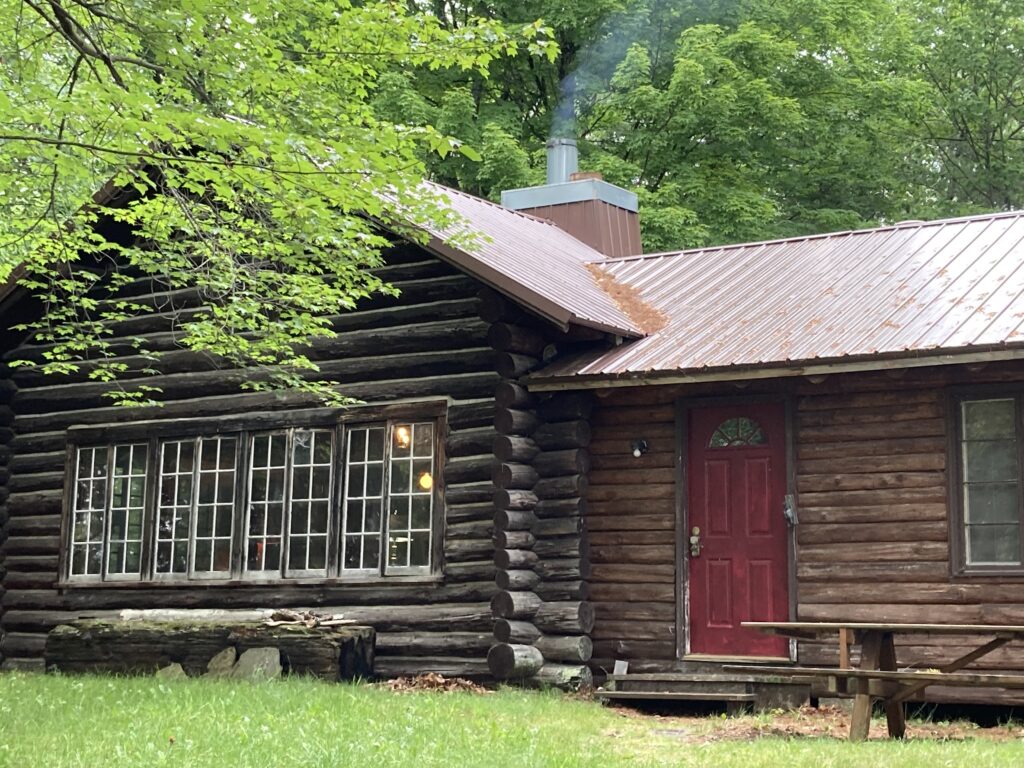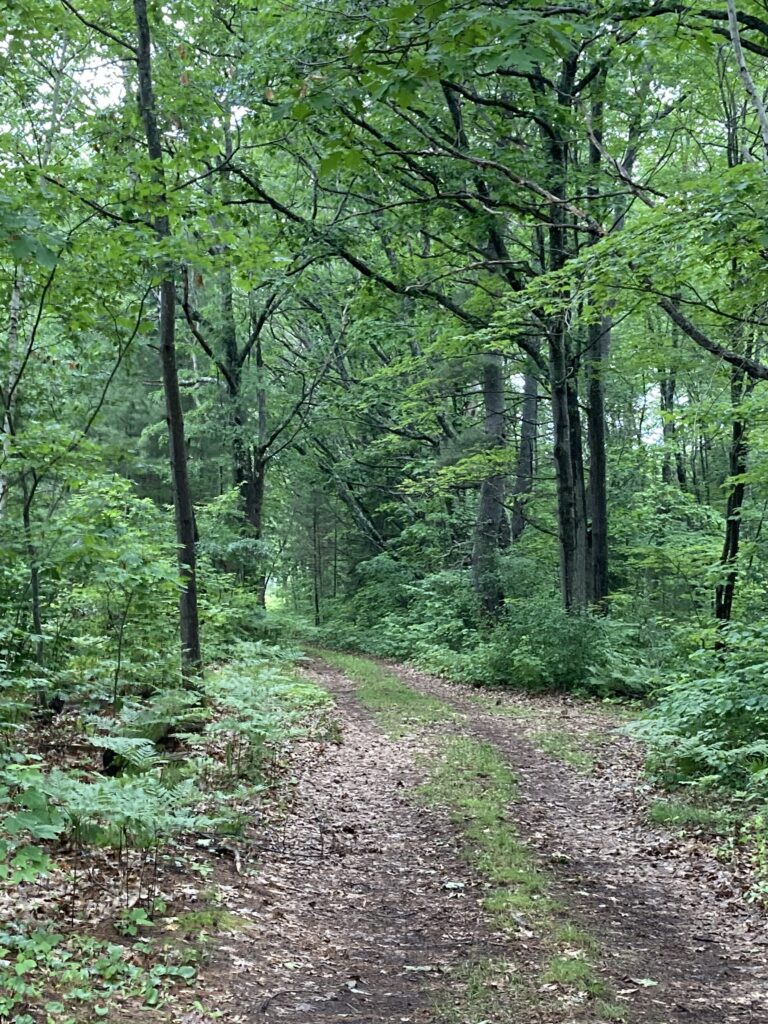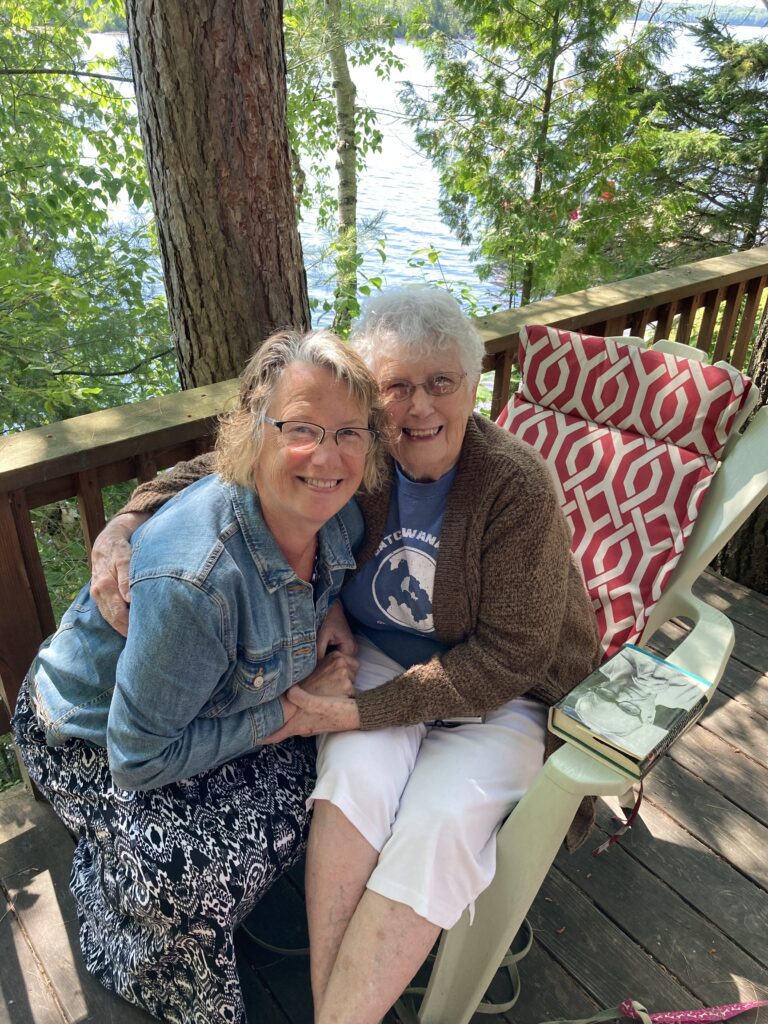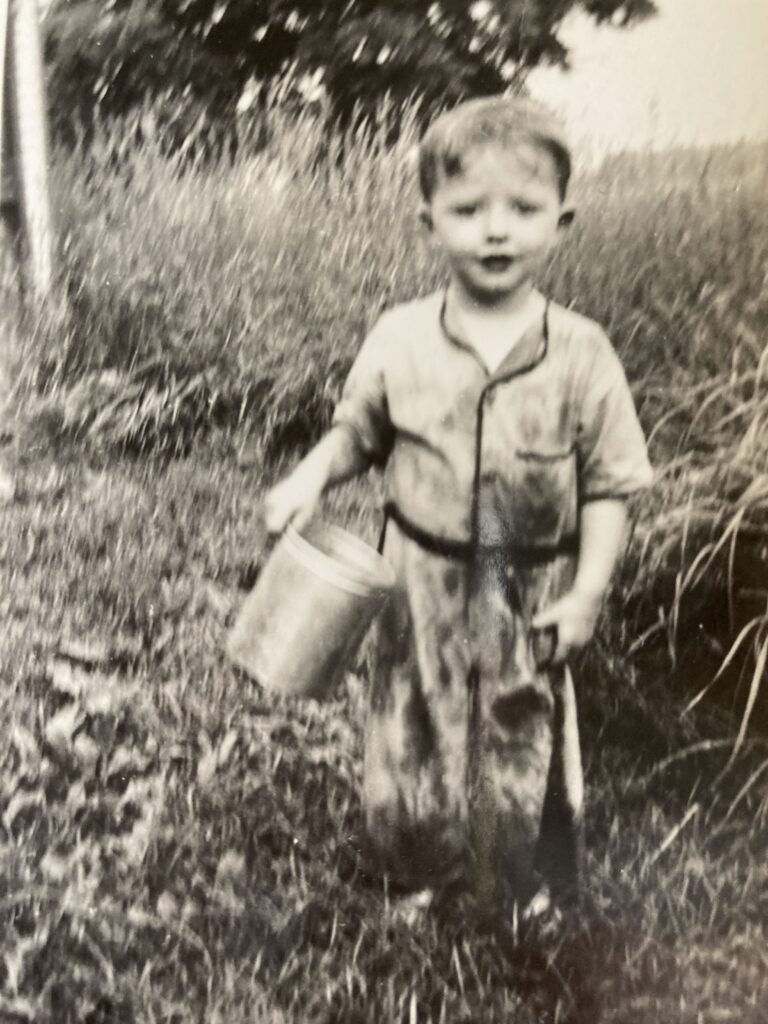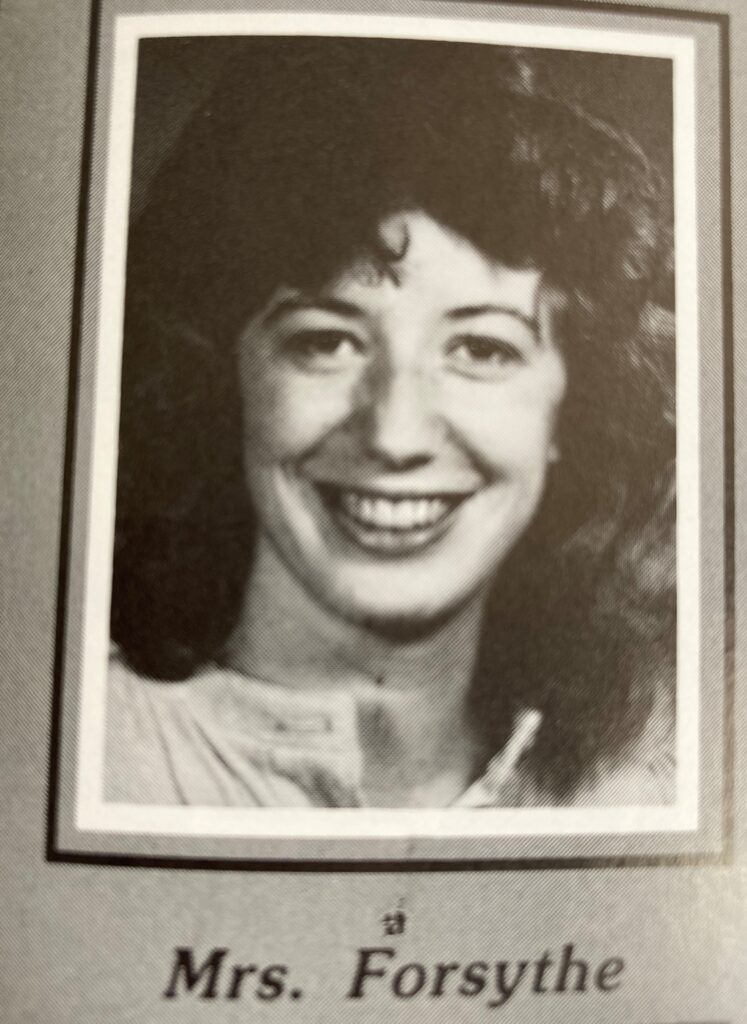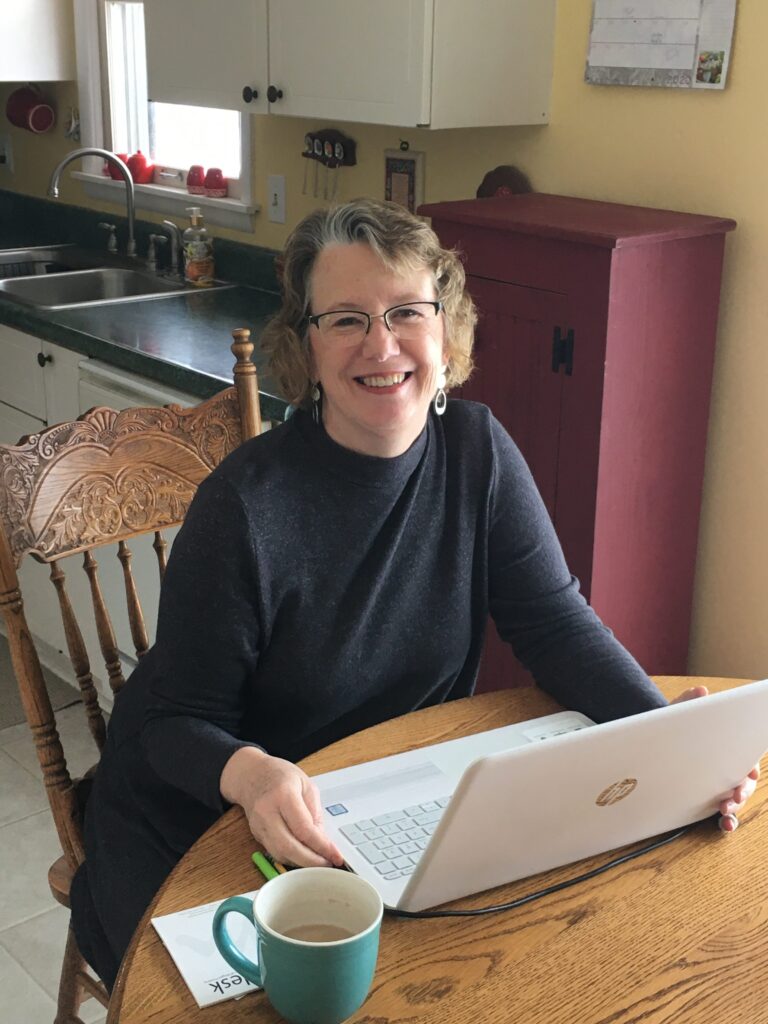Throughout my life, I have encountered many models of resilience: people who demonstrated making “the best of a situation.” People who were somehow able to pick themselves up and keep moving, even when things were difficult. People who could see beyond the crisis or problem they were facing. Merriam-Webster defines resilience as “the ability to withstand or recover quickly from difficult conditions.” It is something we learn from our own life experiences and by watching how important people in our lives react and behave.
Our reliable, day-to-day example is our mother. She is unflappable. Unstoppable. She sees situations and people in their best light. She is our Mary Poppins — always offering a “spoonful of sugar” to help with some bitter medicine. I can hear her voice when I feel discouraged or am trying to push through something hard.
Many of my former students were remarkably resilient, despite their circumstances; I imagine that family and friends also modeled persistence for them.
The more I learn about our family’s past, the more I realize how lucky we are that resilience became part of our legacy.
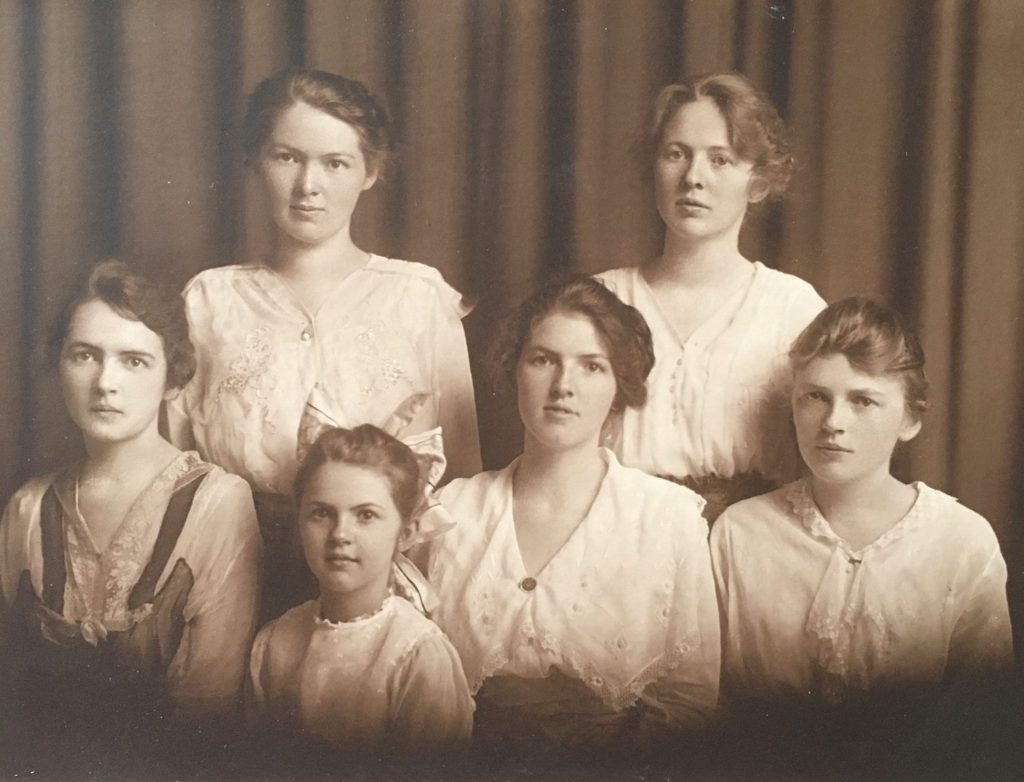
My maternal grandmother was raised in rural Kansas. When she was in elementary school, her mother died, leaving my grandmother and her five sisters with their father who was unable to care for them. The reason for this inability is unclear. What is clear, is that my grandmother and her sisters eventually moved to town where they were surrounded and loved by aunts, uncles, and cousins. The sisters — Ethel, Eula, Mabel, Maxine, Helen (my grandmother), and Agnes were taken in and raised by these families.
And the sisters eventually thrived.
Gever Tulley, writer, educator and speaker, pushes in on acquiring resilience. “Persistence and resilience only come from having been given the chance to work through difficult problems.” For my grandmother and her sisters, this opportunity existed.
How fortunate that these supports were in place! How wonderful were these aunts and uncles! The love and compassion shown the sisters at this vulnerable time provided a haven and fostered their self-esteem. They survived a traumatic life event, and thankfully, they had the unfailing support of extended family.
And because they received uninterrupted love and care, they bounced back.

During their early adult years, the sisters relied on one another. They helped each other financially; when they had some extra money, they sent it to a sister. When one of them wanted to attend college or receive additional training, they helped by sharing housing or providing assistance of some kind.
They learned that life was good, that things would work out, that they could count on each other.
They learned perseverance.
Despite the loss of her mother and her original family structure, my grandmother was full of love and optimism. She learned frugality and how to make do with less, but she also believed in the future and the opportunities it would hold.
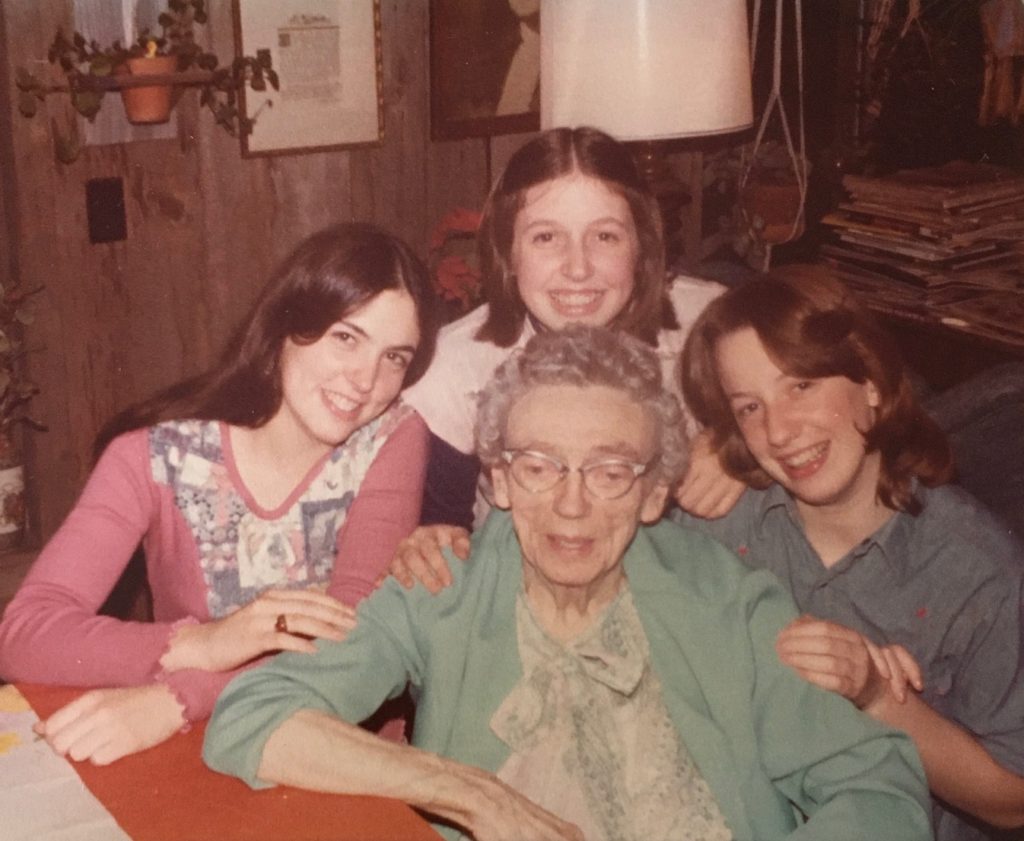
For most of us, there have been people in our lives who helped us with their words, generous acts, and examples.
I am thankful for these people who taught us resilience.
It’s a Fine Life.
